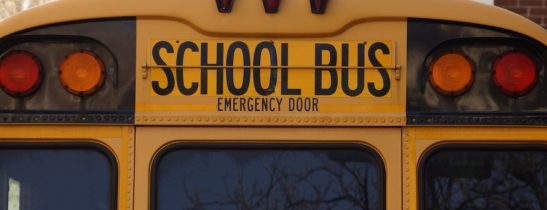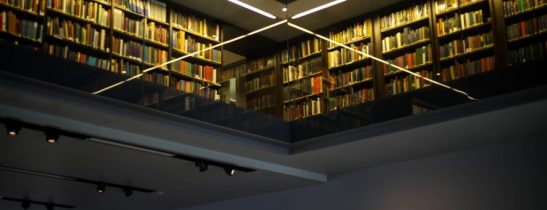Non-formal education. What is it?
Publication date:
Traditionally, scholars distinguish three forms of education existing in our world – informal, non-formal, and formal ones. All together they are different, but have the common aim – to educate and spread knowledge to people of all ages.
Question of non-formal education was included in the international education discourse on the verge of 1960s and 1970s. At the same time, there were formulated characteristics of non-formal education:
- “Relevance to the needs of disadvantaged groups”.
- “Concern with specific categories of person.”
- “A focus on clearly defined purposes.”
- “Flexibility in organization and methods.”

In different countries, despite the fact, non-formal education has other more prevailing alternatives such as community learning, social pedagogy, informal and community education.
An international conference that took place in Williamsburg in 1967 declared that formal education couldn’t meet the socio-economic changes, moreover it was slowed down by social trends. Then it was concluded that trends for changes had to be taken from various spheres of life, including the social one. At that moment UNESCO directed its efforts to lifelong education. As a result at that moment the difference between informal, non-formal and formal education become noticeable.
Formal education is a system with a hierarchical structure, chronological grades (begin from primary school and till the university), which includes general academic studies and various special programs and institutions and provides full-time training.
Informal education is a life-long process when people acquire attitudes, traditional values, skills, experience and knowledge from daily routine, the educative influences and resources which can be found in their environment (family, friends, mass media, and so on).
Non-formal education is an organized activity outside the formal education that is oriented on target audience and aims to follow special learning objectives, whether operating separately or as a part of important feature of some bigger activity.
The largest distinctive between them is administrative, because formal education is connected with schools and other types of training institutions, non-formal is provided by public organizations and community groups, and informal we get in our every-day life cooperating with our social environment.

The notions of development and education are inseparable. It’s impossible to imagine development without education and vice versa. The absence of education excludes any development. Non formal education plays a vital role in providing learning opportunities to those who have no access to formal education. What we call non-formal education offer programmes in a wide variety of spheres. It may be literacy and basic education for young people and adults, trade union education, health education, pre-school initiatives for young children, separate programmes for women, etc.
Non-formal education is especially popular among women, as it allows opening new horizons, taking part in public activities and showing women potential. In keeping with UNESCO arguments non-formal education is called to help to bring equal access to education both for men and women, fight with female illiteracy, and encourage non-discriminatory education all around the world.

The crucial part in the most effective modern non-formal programs belongs to the initiatives in the field of literacy, and to make those programs successful it is necessary to take care of thee points: 1) good training of literacy workers and motivation; 2) qualitative and relevant materials; 3) further support of literacy. It’s pretty clear that skills of literacy workers are expected to be developed, because even if you sincerely want to overcome the issue, but you’re unable to involve your students to discussion or explain some material in an understandable way, your efforts will fruitless. Preparation of the materials for workers requires some central block of materials and supplementary ones (TV, radio programs and so on).
When people achieve a basic level of literacy, they shouldn’t stop and requires post-literacy education to fill the gaps which have arisen due to lack of formal education. Non-formal education is the education of possibilities, as it is flexible and has no strict frameworks, so use it to create new abilities!